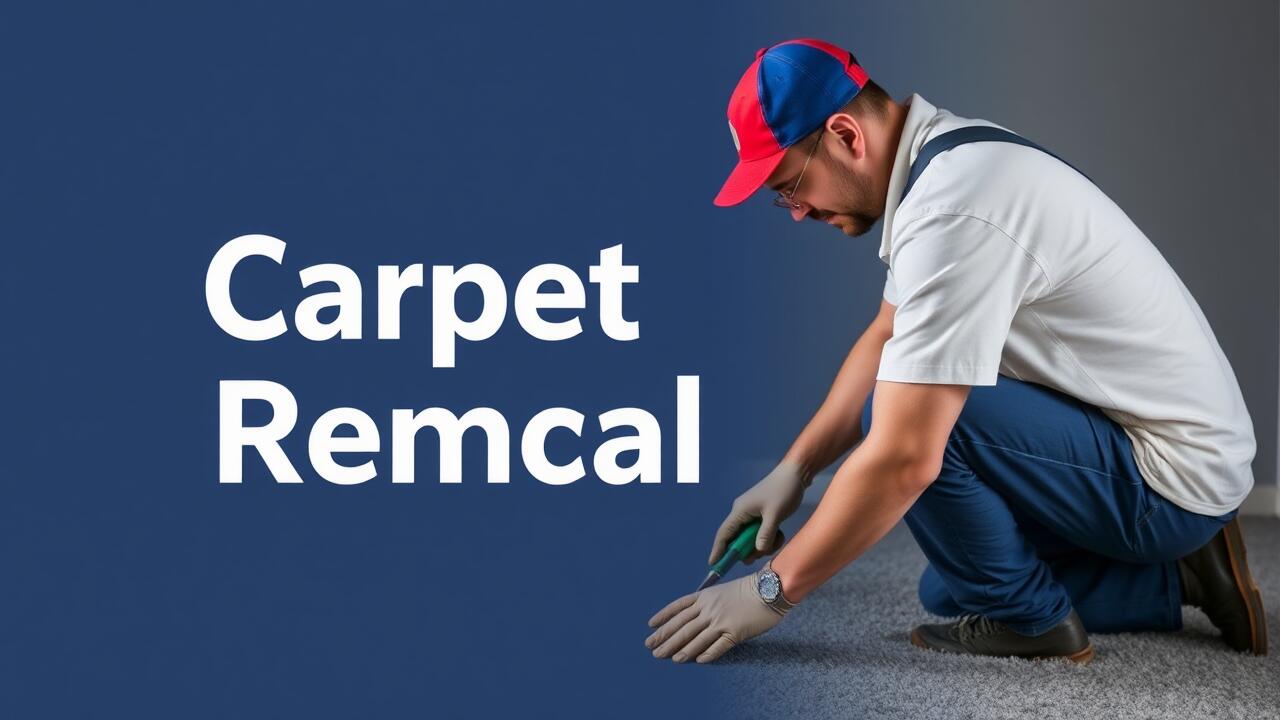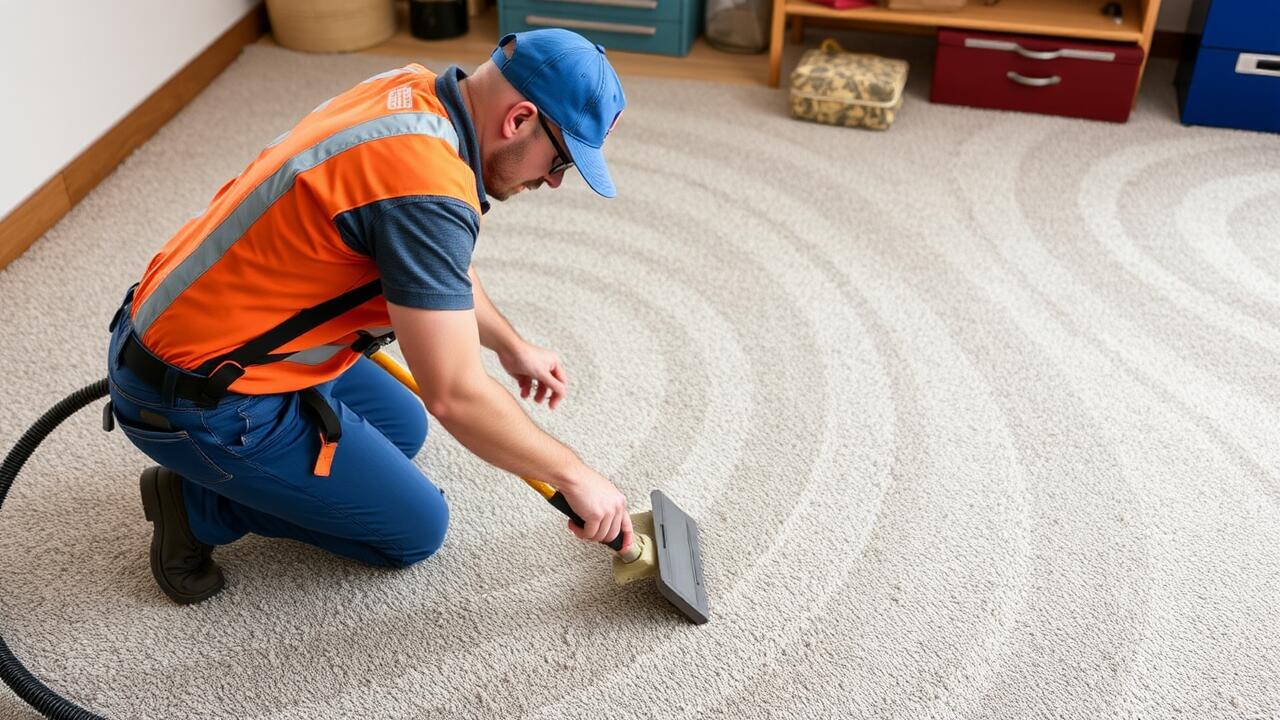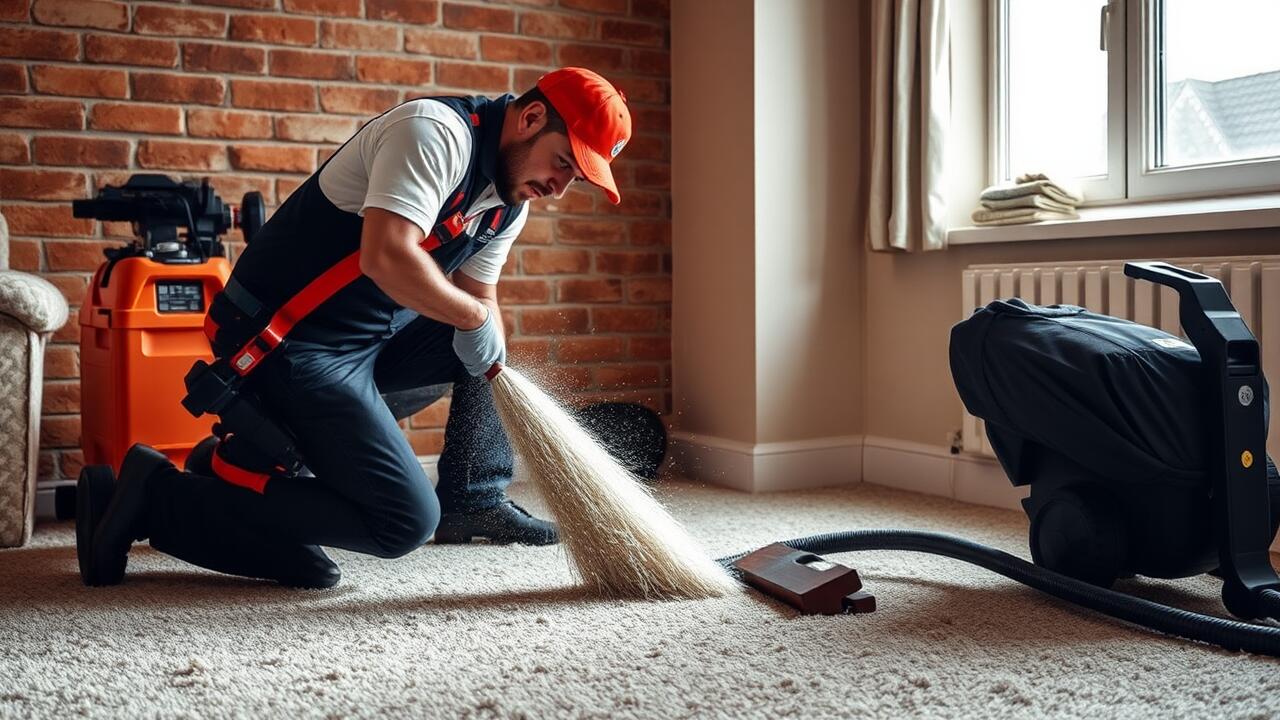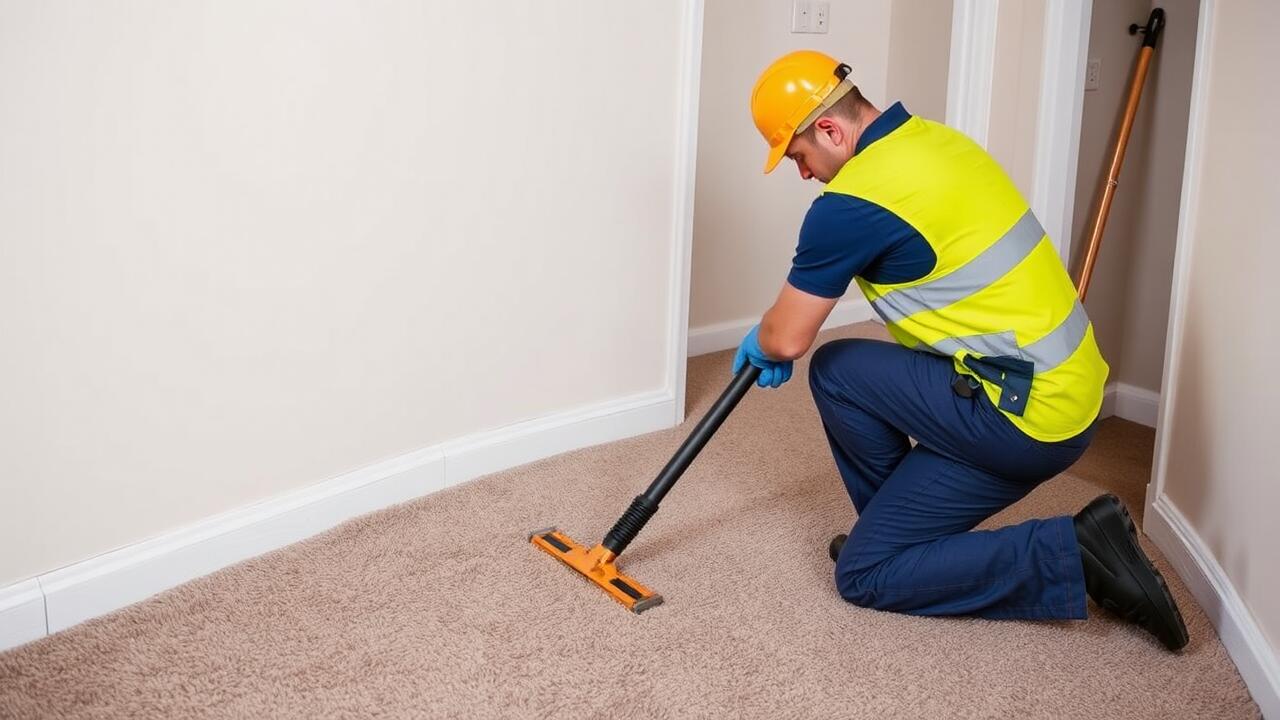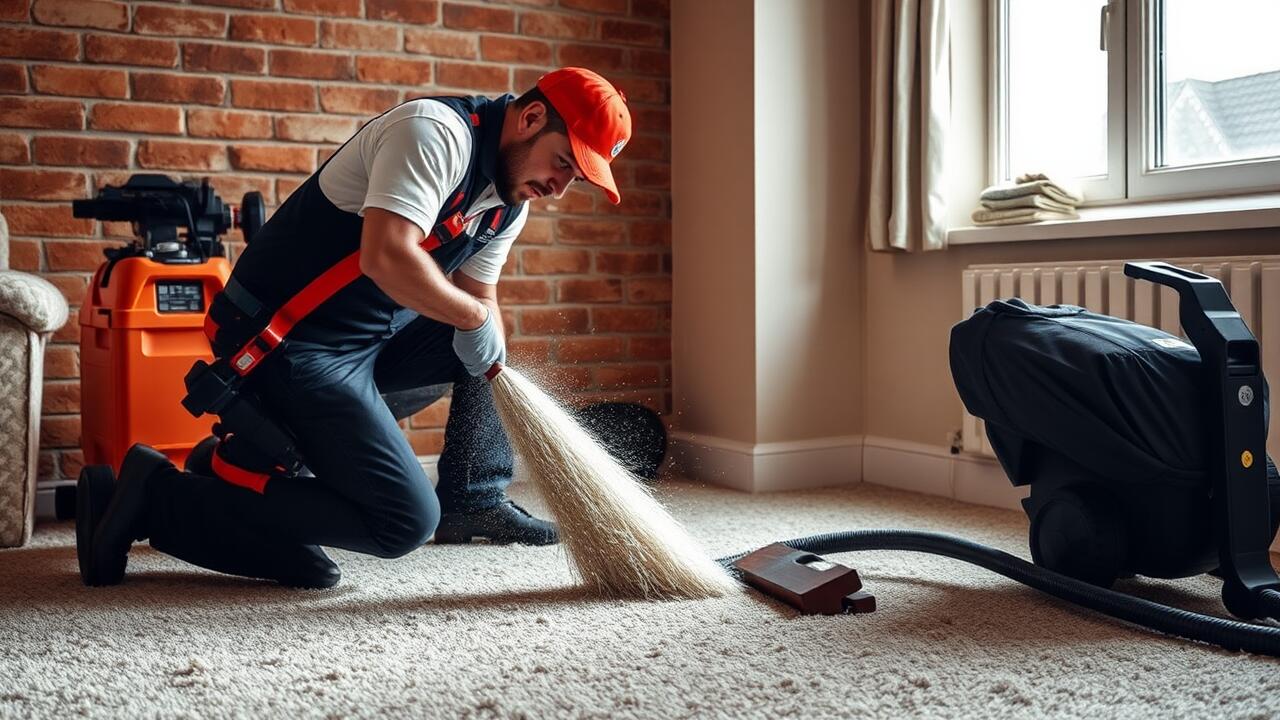
Filling Gaps and Cracks
After removing carpet, it’s common for gaps and cracks to become visible in the subfloor. These imperfections can impact the integrity of your new flooring, so addressing them is essential. Look closely to identify any holes or seams that may have formed during the carpet removal process. If you notice a significant gap, fill it with a suitable filler material.
When selecting a filler, consider your subfloor's composition. For plywood or concrete, use a patching compound specifically designed for that material. Ensure the filler is applied evenly and allowed to dry thoroughly before moving on to the next step. Searching for "Carpet Removal near me" can often lead to helpful local resources and professionals who offer advice or tools for preparing your subfloor effectively.
Selecting the Right Filler Materials
When selecting the right filler materials for repairing gaps and cracks in your subfloor, it is essential to consider the specific type of substrate. Materials like wood, concrete, and plywood require different fillers. For wood subfloors, a latex or polyurethane-based wood filler works effectively. In contrast, for concrete surfaces, a concrete patching compound is recommended. These materials ensure a strong bond and match the floor's surface texture seamlessly.
Additionally, ensure the filler has good adhesion properties and is easy to sand once dried. For extensive repairs, products that expand upon curing may be beneficial. If you're searching for local help, a search for "Carpet Removal near me" can lead to professionals who can assist with properly assessing the condition of your subfloor and recommend suitable materials based on your specific needs.
Sanding the Subfloor
Sanding the subfloor is a crucial step in preparing for the installation of new flooring. This process smooths out any rough areas left behind after carpet removal. It helps to ensure a level surface, which is essential for preventing issues with the new flooring. Begin by using a drum sander or a hand-held orbital sander to tackle high spots and uneven areas. Make sure to wear appropriate safety gear, including a dust mask and goggles, to protect against harmful dust.
After completing the initial sanding, move to finer grit sandpaper to achieve a smooth finish. This step is vital for maximizing adhesion when applying a new floor covering. Pay attention to corners and edges that may require hand sanding for a consistent surface. If you are looking for professional assistance to ensure a flawless finish, consider searching for "Carpet Removal near me" to find local services that can help with both carpet extraction and subfloor preparation.
Proper Techniques for Smooth Finishing
To achieve a smooth finish on your subfloor after carpet removal, start by using a random orbital sander or a floor sander. Both tools effectively remove imperfections and ensure an even surface. Always use the appropriate grit sandpaper for the initial sanding to eliminate any remaining adhesive and rough spots. Following this, switch to a finer grit to polish the surface, enhancing the overall smoothness. Pay careful attention to corners and hard-to-reach areas, as these often require hand sanding or a smaller sander for thoroughness.
Meanwhile, it is crucial to maintain a clean work area during the sanding process. Vacuum the dust and debris regularly to prevent residue from settling back on the floor. After sanding, inspect the entire surface for any missed spots or imperfections and sand those areas again if needed. Should you require assistance with carpet removal near me, many local services can help prepare your floor effectively, ensuring a seamless transition to your next flooring choice.
Priming the Subfloor
Priming the subfloor is an essential step that can significantly affect the adhesion of your new flooring material. A suitable primer creates a uniform surface and ensures better bonding with the floor covering. When choosing a primer, consider the material of your subfloor. Different types of subfloors, such as plywood or concrete, may require specific primers that cater to their unique properties. It is crucial to apply the primer evenly and thoroughly, paying special attention to any repaired areas to ensure consistency across the surface.
Before diving into the priming process, it’s wise to research local resources for "Carpet Removal near me." Many local services can guide you through the necessary steps to prepare your subfloor. This is especially helpful if you’re unfamiliar with the intricacies of flooring prep. Properly priming the subfloor not only enhances adhesion but can also help prevent moisture issues, contributing to the longevity of your new flooring. Utilizing the right primer can save you time and potential headaches down the road.
Choosing the Best Primer for Your Floor Type
Selecting the appropriate primer for your subfloor is crucial in achieving optimal adhesion and durability for your final flooring. If your subfloor consists of wood, look for a water-based primer designed specifically for wood surfaces to promote effective bonding. For concrete subfloors, use a primer formulated for concrete to prevent moisture issues and enhance the longevity of your new flooring. It's wise to consider the type of flooring you'll install as this can influence the primer choice.
If you’ve recently undergone carpet removal near me, it’s an excellent opportunity to reassess your subfloor conditions. For those who find old adhesive residues or stains, a high-quality adhesive primer can help to seal these imperfections. Always check the manufacturer’s recommendations regarding the compatibility of your chosen primer with the final flooring material to ensure a smooth application process and avoid future complications.
FAQS
What should I do first after removing the carpet?
The first step is to thoroughly clean the subfloor, removing any residual adhesive, staples, or debris before proceeding with repairs or preparations.
How can I fill gaps and cracks in the subfloor?
You can fill gaps and cracks using appropriate filler materials such as wood filler, caulk, or spackling compound, depending on the size and type of the gap.
What type of filler materials should I select?
Choose filler materials based on the subfloor material you have; for wooden subfloors, use wood filler, while for concrete, consider a high-quality concrete patch or epoxy filler.
Why is sanding the subfloor important?
Sanding the subfloor is crucial to achieving a smooth and even surface, which helps the final floor covering adhere better and ensures a more polished look.
What techniques should I use for sanding the subfloor?
Use a floor sander for larger areas, starting with coarse sandpaper and gradually moving to finer grits. Always sand in the direction of the grain for wooden subfloors.
How do I choose the best primer for my floor type?
Consider the material of your subfloor and the type of flooring you plan to install. For example, use a latex primer for wood subfloors and a specific concrete primer for concrete surfaces.
Is it necessary to prime the subfloor?
Priming is recommended as it helps improve adhesion, seals any porous surfaces, and can enhance the durability of the flooring materials applied on top.
How long should I wait after priming before laying new flooring?
It’s best to wait for the primer to dry completely, which typically takes a few hours, but always refer to the manufacturer's guidelines for specific drying times.
